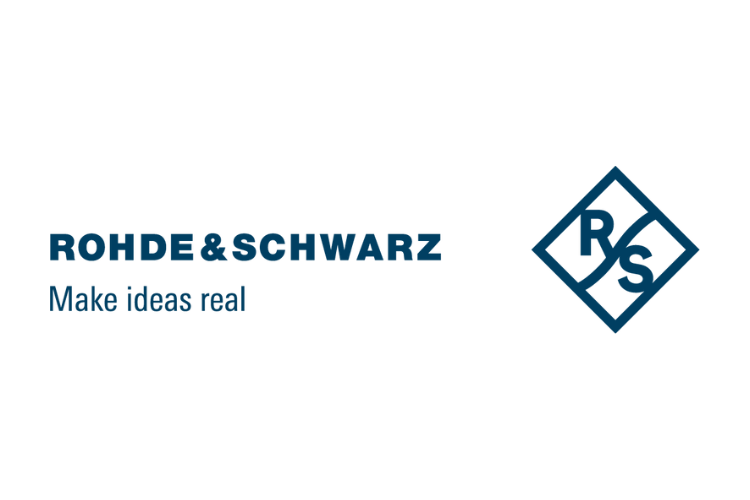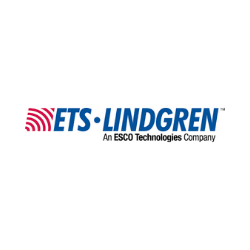
- Products
- Electromagnetic Compatibility
- Frequency and timing
- General Instruments
- Oscilloscopes/Analyzers
- Power Test Solutions
- RF/Microwave
- Software
- Company
- …
- Products
- Electromagnetic Compatibility
- Frequency and timing
- General Instruments
- Oscilloscopes/Analyzers
- Power Test Solutions
- RF/Microwave
- Software
- Company
- Products
- Electromagnetic Compatibility
- Frequency and timing
- General Instruments
- Oscilloscopes/Analyzers
- Power Test Solutions
- RF/Microwave
- Software
- Company
- …
- Products
- Electromagnetic Compatibility
- Frequency and timing
- General Instruments
- Oscilloscopes/Analyzers
- Power Test Solutions
- RF/Microwave
- Software
- Company
Test & Measurement Solutions in the Nordics and Estonia
With decades of experience in the industry, our experts provide manufacture-independent, tailored advice for your specific needs.
Choose from our wide portfolio consisting of hundreds of thousands of high quality products.
Testhouse is now the official distributor of the Rohde & Schwarz products in Finland & Sweden
Testhouse is partnering with Rohde & Schwarz for the distribution of their complete range of Test and Measurement essentials products.
Keysight PZ2100 High-Channel Density SMU
Offers upto 20 SMU channels in one rack-unit high mainframe, with 15 MSa/s sampling rate
Pendulum CNT-104S Multi-Channel Frequency Analyzer
Outperforms competition through super high performance with 4-channel, ultra-high speed and 7 ps resolution
Anritsu Distributed Modular 2-port Vector Network Analyzer
Conducts long-distance, full vector S-parameter measurements over distances up to 100 meters
ITECH IT7900P High Performance Regenerative Grid Simulator
This and other advanced power electronics testing solutions, from DC power supplies to regenerative DC/AC loads, from nanoamps to 2 megawatts.

Modelithics highly accurate simulation models
For all types of passive and active RF & microwave components and semiconductor devices for use in all popular Electronic Design Automation (EDA) tools.
Keysight N9912C Fieldfox Handheld RF Analyzer
License key fully upgradeable from 4 to 10 GHz and with over 20 software applications, easily customize your analysis to your requirements
Nordic Partners of world leading T&M suppliers
Testhouse Nordic is allianced with world leaders in test and measurement equipment and solutions.
Guaranteed and Timely Support
Due to the close co-operation with our suppliers, we guarantee quick and accurate support, pre and post sales.
Fast Delivery through expanded network
Our distribution network spans across Sweden, Finland, Estonia, Norway and Denmark.

What sets us apart from others?
We focus on building long-term customer relationships
We understand the industry trends and evolving needs of our clients, allowing us to offer ongoing support, product updates, and advice as technology advances.
We advise customers through our technical expertise
Through our decades of technical experience, we assess the unique needs of our customers and recommend solutions that precisely meet their specifications.
We ensure quality products and after-sales support
We prioritize quality assurance and customer satisfaction over volume sales, ensuring that customers receive reliable and durable equipment. Our loyal client base is a testament to our values.
Book a meeting with us to discuss your needs
Reach out to us through the form below and we will help you with your test and measurement needs.































